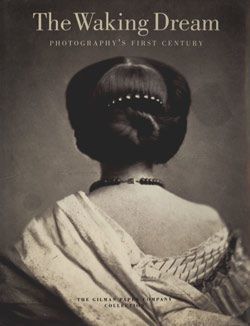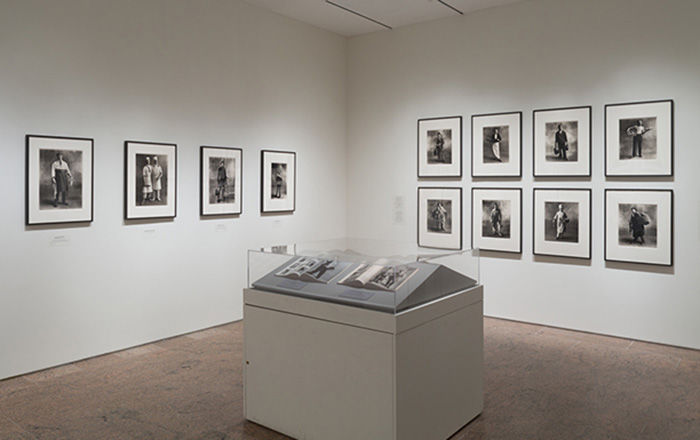Asphalting a Street in Moscow
Alexander Rodchenko Russian
Not on view
Alexander Rodchenko was one of the founding members of Russian Constructivism. After the October Revolution of 1917, he became increasingly involved with government sponsored organizations that advocated the integration of art with everyday life, which led him and other like-minded artists to reject traditional art forms such as easel painting and to search for more utilitarian expressions. Rodchenko's own initial explorations included nonobjective paintings and constructions, followed by photomontage. By 1925 he had renounced painting as elitest, embracing the photographic medium as the revolutionary tool that would enable the masses to discover the modern world of science and technology. Conventional, straight-on shots "from the navel" could not, he believed, revolutionize perception; rather, vantage points from above, from below, and on the diagonal were the means by which to surprise the viewer into discovering the world anew.
By 1928, Rodchenko's exclusive use of these strategies had elicited criticism that he had become trapped in aesthetic formalism, and three years later his membership in the leftist organization the October Group was revoked on charges that the nature of his work alienated the proletariat. Shortly thereafter, the Soviet Union would suppress the Constructivist principles propagated by Rodchenko and his colleagues, and promote instead Social Realism as its official style.
"Asphalting a Street in Moscow," made in 1929, provides some insight as to why Rodchenko's work was disparaged, since the tilted horizon line, rapidly receding diagonals, and low vantage point may be regarded as a purely formal statement. In addition, these devices encourage the viewer to identify with the machinery which seems ready to steamroll the shadows of the bystanders, suggesting that the inevitable path of technology is one of destruction rather than construction.
This image cannot be enlarged, viewed at full screen, or downloaded.

